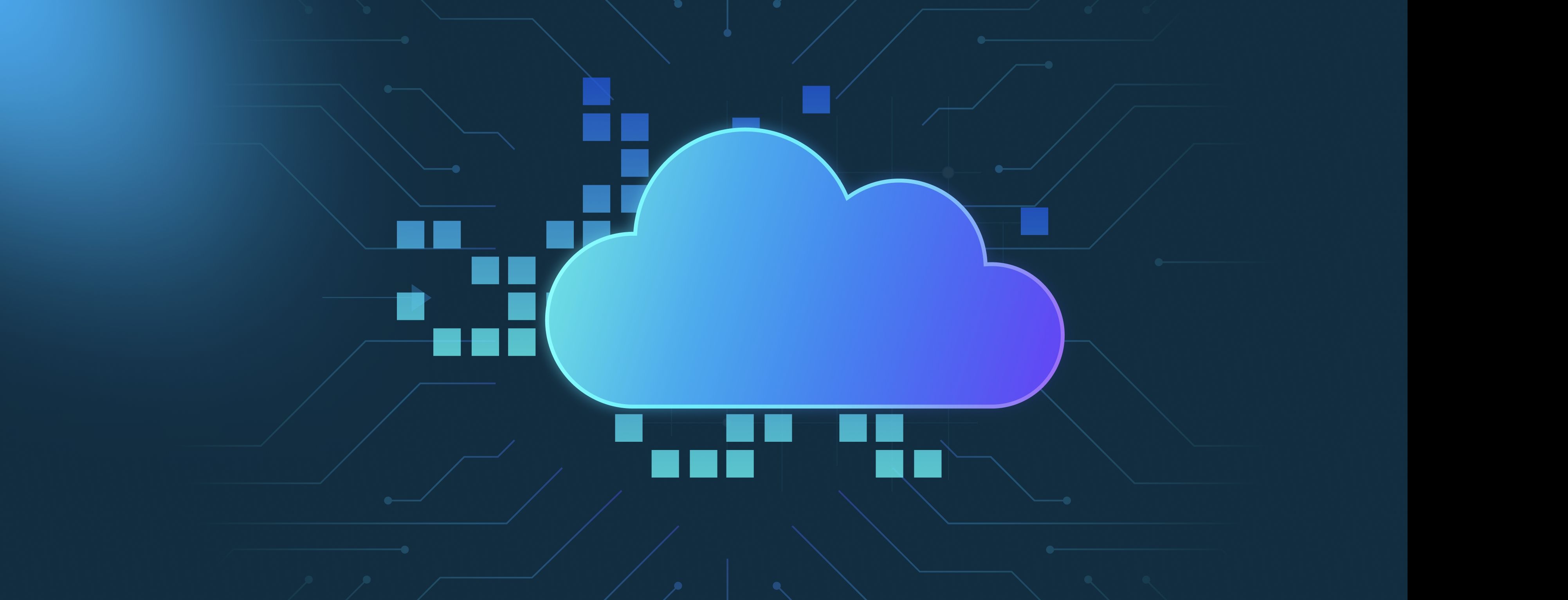DeepResearch ensures the information it provides is supported by sources or citations through a multi-step process that prioritizes accuracy and transparency. First, it aggregates data from established, credible sources such as peer-reviewed journals, government publications, and reputable institutions like universities or industry-standard databases. Before including information in responses, the system cross-references claims across multiple sources to identify consensus or highlight conflicting evidence. For example, if explaining a medical treatment, DeepResearch might cite studies from PubMed or guidelines from organizations like the WHO. This approach reduces reliance on single, potentially biased sources.
The platform uses automated systems to scan for source credibility and relevance. For instance, it prioritizes recent publications for time-sensitive topics or highly cited papers for well-established concepts. When generating responses, the system attaches citations directly to claims where possible, such as linking to a research paper DOI or a government report URL. In cases where real-time data or niche topics lack publicly available sources, DeepResearch may flag the information as needing further verification. Human reviewers periodically audit the system’s sourcing methods to address gaps, such as outdated studies or paywalled research that users can’t easily access.
While DeepResearch aims to provide well-supported information, limitations exist. Some sources may require subscriptions or institutional access, making direct links impractical for all users. The system also can’t dynamically update citations in real time as new studies emerge. To mitigate these issues, responses often include guidance like “As of [date], studies suggest…” or recommend consulting specific repositories like arXiv or Crossref for the latest data. Users are encouraged to verify critical information through the provided citations or primary sources, especially for high-stakes topics like healthcare or legal advice. This balance of automation and transparency helps maintain reliability while acknowledging the evolving nature of research.
